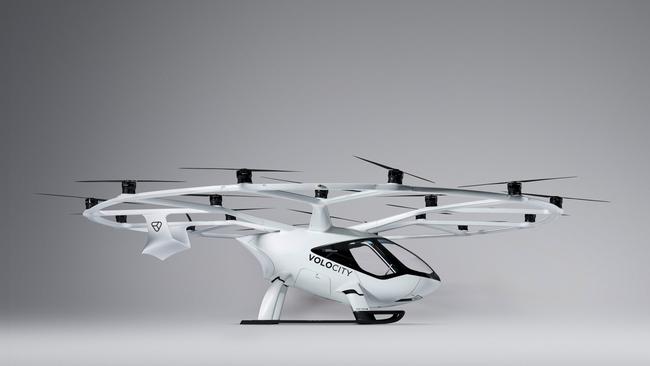Electric passenger aircraft could take flight with sodium fuel cells
A ‘revolutionary’ metal-air cell could deliver more five times as much energy as a lithium battery of the same weight and remove CO₂ from the atmosphere.

Electric-powered aircraft and zero-emissions flights may be a step closer after scientists unveiled a new fuel cell they believe has “revolutionary” potential.
In laboratory tests, the cell – which runs on the relatively cheap fuel of sodium and air – was able to produce far more energy than a conventional battery of the same weight. As an added bonus, it produces a chemical by-product that could be used to remove carbon dioxide from the atmosphere.
In aviation, the energy density of a power source - the amount of energy stored per unit of weight - is critical.
Aircraft must be as light as possible to achieve lift and maximise range, and the lithium-ion batteries used in electric cars have too low an energy density to power most aircraft. Without a big boost in energy density, electric-powered flight remains impractical for all but the smallest aircraft over short distances.
But in laboratory tests the prototype fuel cell delivered more than five times as much energy per kilo as the lithium-ion batteries used for cars.
In a study published in the journal Joule, a team from the Massachusetts Institute of Technology reported that a prototype version achieved energy densities of more than 1500 watt-hours per kilogram - far beyond the 250 to 300 Wh/kg typical of lithium-ion batteries. In a real-life system, they believe that would translate to more than 1000 Wh/kg, a threshold seen as necessary to make electric-powered regional aviation viable.
“People have been aware of the energy density you could get with metal-air batteries for a very long time,” Professor Yet-Ming Chiang of MIT, a senior author of the study, said. “It’s been hugely attractive, but it’s just never been realised in practice.”
The device is based on well-established electrochemical principles. Unlike conventional batteries, which must be recharged, it is designed to be refuelled, with its energy-rich material being replaced as it is consumed.
At the simplest level, it works by combining liquid sodium metal with oxygen drawn from the air. On one side of the fuel cell, sodium atoms give up electrons, generating an electric current. Sodium ions – positively charged atoms missing an electron – pass through a solid ceramic electrolyte, while the electrons travel through an external circuit to do useful work.
On the opposite side, the sodium ions meet oxygen from the air, completing the circuit. As long as sodium is supplied and air is available, the reaction continues.
One striking feature of the system is that its chemical by-products could absorb carbon dioxide from the air.
As sodium reacts with oxygen, it forms sodium oxide, which converts into sodium hydroxide in the presence of moisture. This compound absorbs carbon dioxide, producing sodium carbonate and ultimately sodium bicarbonate – the same substance found in baking soda.
“There’s this natural cascade of reactions that happens when you start with sodium metal,” Chiang said. “It’s all spontaneous. We don’t have to do anything to make it happen - we just have to fly the airplane.”
If the final product, sodium bicarbonate, were to end up in the ocean, it could help to de-acidify the water. This could counter one of the damaging effects of excess carbon dioxide in the atmosphere.
Using sodium hydroxide in this way has previously been proposed as a method of mitigating the effects of emissions, but has not been economically viable on its own. “Here, it’s a byproduct,” Chiang said. “It’s essentially free, producing environmental benefits at no cost.”
The team has developed two laboratory-scale versions of the device. A start-up firm, Propel Aero, has been established to advance the technology. The first goal is to produce a brick-sized fuel cell capable of producing about 1000 Wh/kg, enough to power a large drone.
The Times



To join the conversation, please log in. Don't have an account? Register
Join the conversation, you are commenting as Logout